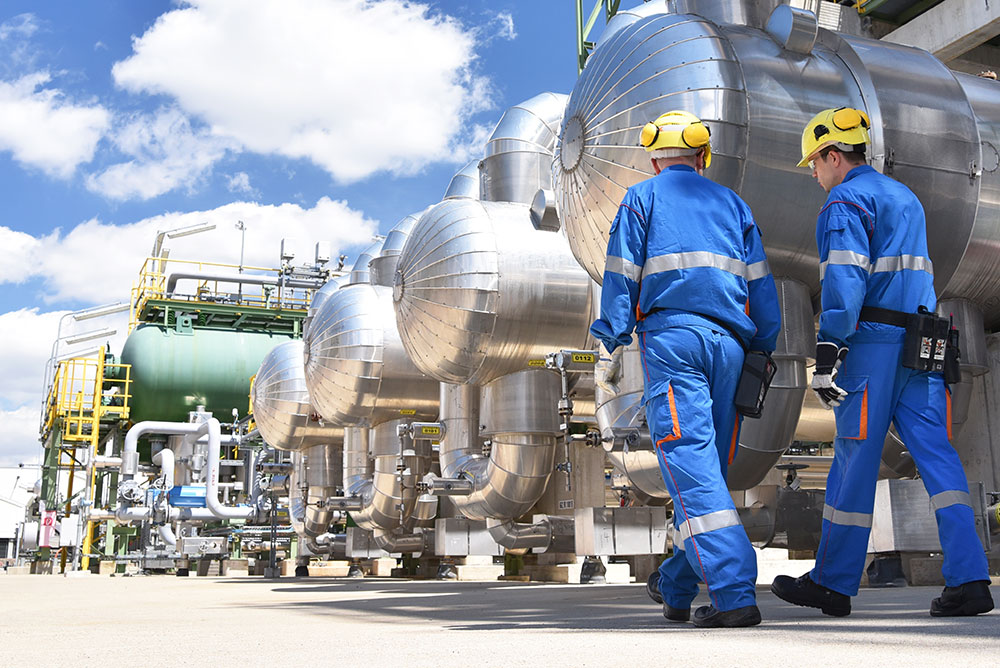Hydrogen | Manufacturing | Power
Technology
Proven Technology
Greenhill energy's technology: turning waste into valualbe resources
The Greenhill Energy preferred technology for the conversion of sustainable biomass and landfill waste is the globally proven gasification process.
Gasification converts these ‘feedstock’ materials into a syngas that can then be separated into high-quality hydrogen (H2) and carbon dioxide (CO2) gas streams.
Using other proven industrial processes, these gas streams can be recombined, together with other inputs such as nitrogen and oxygen (sourced from the air), and water in the form of steam, to manufacture high-value products for use locally in existing Australian domestic markets.

What is Gasification?

Gasification is a process that can convert any carbon-based feedstock into a colourless and odourless gas, commonly referred to as synthesis gas or “syngas” using oxygen and steam. The main vessel that contains the process is called a gasifier.
Importantly gasification is not combustion (or incineration) as the process is carried out at a moderate temperature, using limited oxygen and steam so that any residual material is converted to biochar.
The produced syngas is primarily made up of four gases, being hydrogen (H2), methane (CH4), carbon monoxide (CO) and carbon dioxide (CO2).
These building block gases can then be used in subsequent processes to derive a variety of value adding outputs, including:
- Electricity using conventional gas turbines or hydrogen fuel cells;
- Hydrogen based fertilisers such as ammonia and urea; and
- Synthetic fuels, including jet fuel (commonly referred to as SAF).